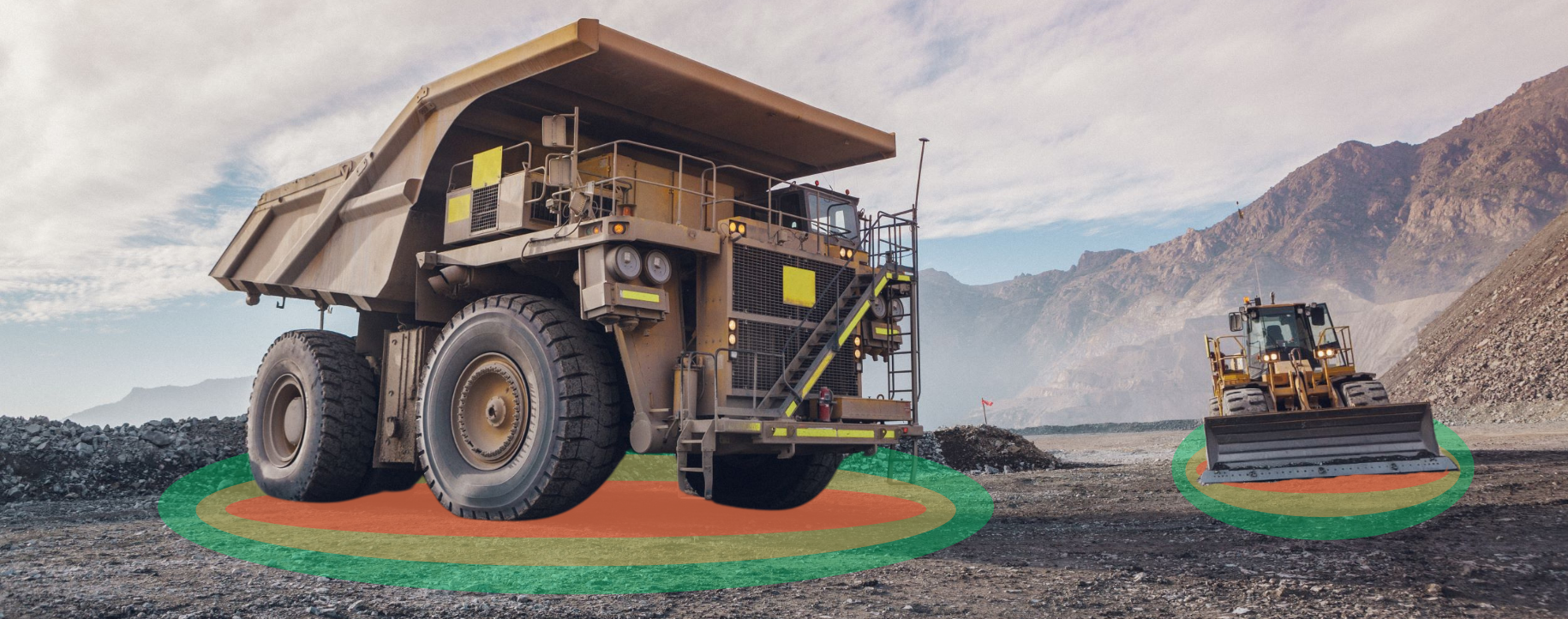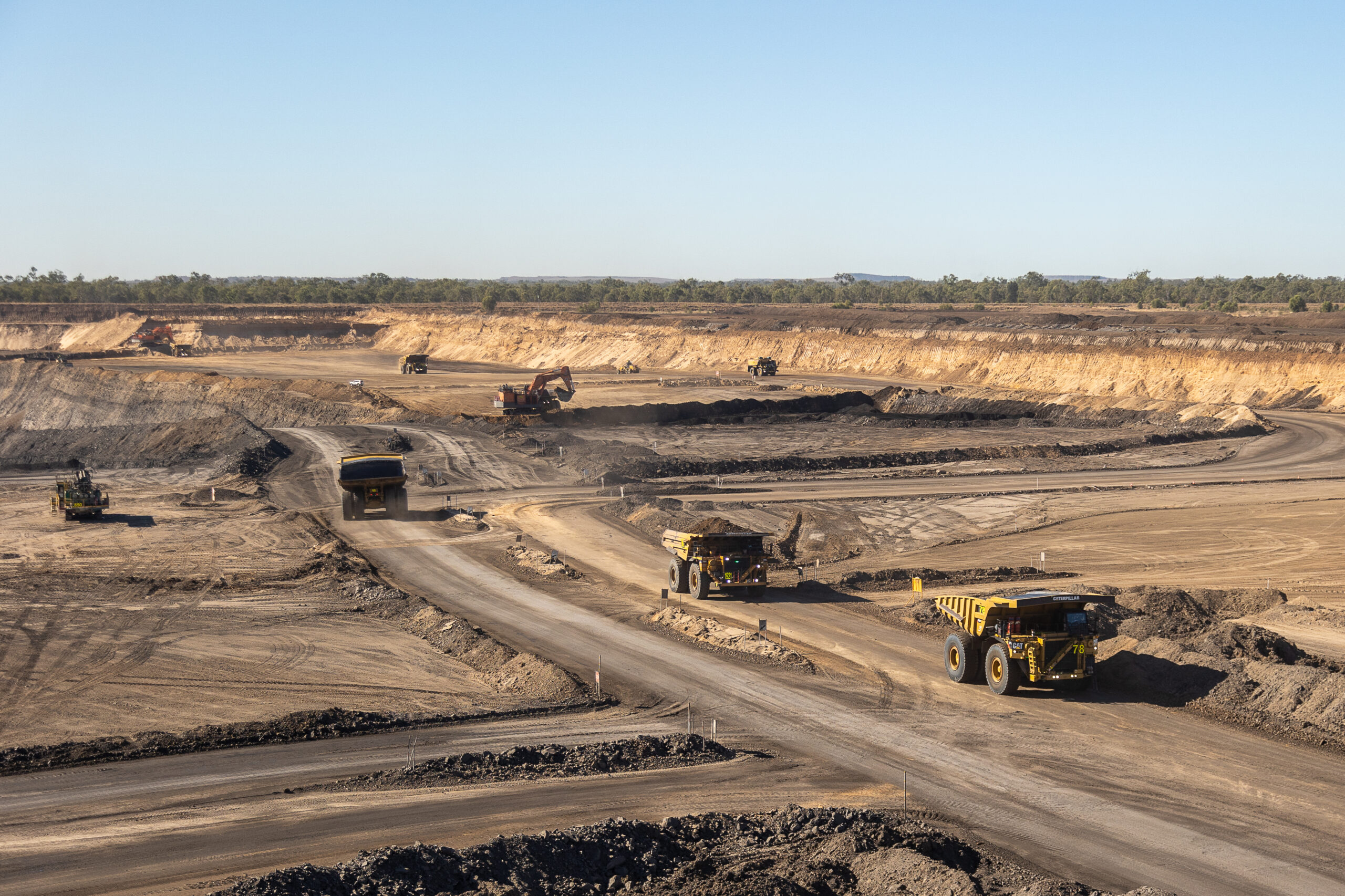Implementing Autonomous Mining Technology: The Fundamental Role of Change Management
Implementing Autonomous Mining Technology: The Fundamental Role of Change Management
Over the last decade the interest in autonomous mining technology has become more predominant in the surface mining industry. The industry, particularly tier one companies, are assessing the use of autonomous technologies to improve safety performance and cost effectiveness through productivity and labor effectiveness gains. While implementing autonomous mining systems does not change how mining companies mine, it does fundamentally change how they operate.
The introduction of autonomous technology is a gradual process that involves careful planning, design, and implementation. It should follow a staged approach with clearly defined KPIs and steady states achieved prior to progressing to the next phase. To realize the business benefits associated with automation, a clear and transparent cultural change management plan must be executed concurrently. By integrating cultural change management alongside the phased implementation of autonomous technology, companies can maximize the effectiveness of their automation efforts and facilitate a smooth transition towards improved productivity and efficiency.
Understanding Change Management
Change management is the process of transitioning an organisation to a planned future state. It requires a structured approach to help align the organisation, its processes, and its people with the change.
In its simplest form, change management involves helping stakeholder groups to understand what the change means for them, and helping them make and sustain the transition while working to overcome any challenges involved.
From a management perspective, it involves the organisational and behavioral adjustments that need to be made to accommodate and maintain change. The effect on supervisory requirements also needs to be considered before any changes are made. New risks and how they relate to the activities of affected workgroups should be understood.
Successful Change Management leads to Successful Autonomous Technology Implementation
Autonomous technology adoption is only possible through effective change management. When senior managers understand and trust the benefits of the change and support the implementation process, this increases the likelihood of success and credibility.
In relation to people, there are two critical factors that must be addressed in the successful implementation of autonomous technology. A fair amount of upskilling needs to be conducted to get a mine to the point where it is operationally ready for autonomy.
In addition to the autonomous system specific training required (i.e. technical training on the operation and maintenance of autonomous systems, safety training, and training on new operational procedures), there is a greater need for heavy vehicle operators to possess multi-skill capability. A multi-skilled operator workforce (ability to operate two or more types of machinery) is needed to address the increased impact of labor unavailability. The reduction and hence concentration of labor units gives each role greater importance in supporting the autonomous mining technology system. Without the multi-skilling of operators, crews will not be able to perform the necessary ancillary tasks required to run the mine.
The introduction of autonomous technology brings about significant changes to the operational environment and methodology that has remained largely unchanged for generations. This is a relatively complex situation that needs to be handled adequately in order to negate a resistive culture in which technology is seen as replacing a coworker’s job. If not managed appropriately, these changes may result in resistance, lowered morale, and decreased productivity.
An acceptance culture needs to be created in which all personnel understand and actively participate in the implementation of automation technologies. It is through this early interaction that all people working directly and indirectly with the technology will then understand the need for additional process changes to be working in a function of the technology.
Moreover, change management should take place not only internally but also in the surrounding community. Although the net effect of automation is job reduction, new jobs do become available to people with the necessary skills and qualifications. Engaging with and educating the local workforce on what autonomy means for them is key to maintaining social license to operate, particularly in developing countries where communities rely on mines for jobs.
Haultrax Expertise
Change management is a complex process, and it’s important to develop a detailed plan before beginning the transition to an autonomous system. It can be beneficial to bring in external expertise in the form of consultants who specialise in change management in the mining industry, as they can provide valuable insights and strategies, and are free from the mindset of “how things have always been done”.
For over 15 years, Haultrax has been a leader in assisting mining companies in understanding and leveraging the potential of autonomous technology, as well as implementing successful change management programs throughout the entire project lifecycle. Our key differentiation is that we come from a mining operational background. We understand the mining business, operations, its people, and processes to implement technology for the end user.
Our holistic approach emphasizes the significance of people and cultural change. We prioritize organizational transformation, engagement, training, and culture to drive sustainable change. Effective engagement of all stakeholders is vital. We ensure that everyone is included and informed, reinforcing the shared goal, vision, and definition of success. This extends beyond operational levels, encompassing the entire organization, local communities, and external stakeholders. While deploying an autonomous system is often seen as a technology change, we understand that it is a comprehensive business project. It requires modifications to multiple facets of the operating model to achieve lasting transformation.
Discuss your requirements today with one of our experienced consultants.


